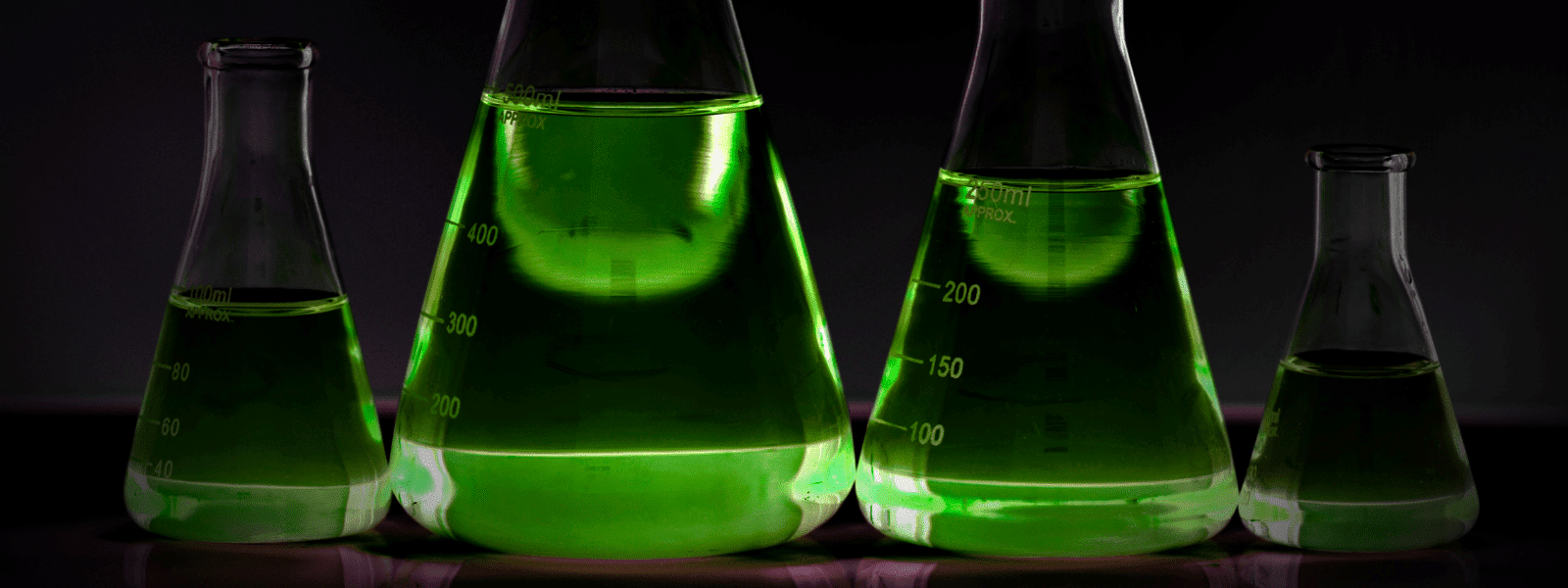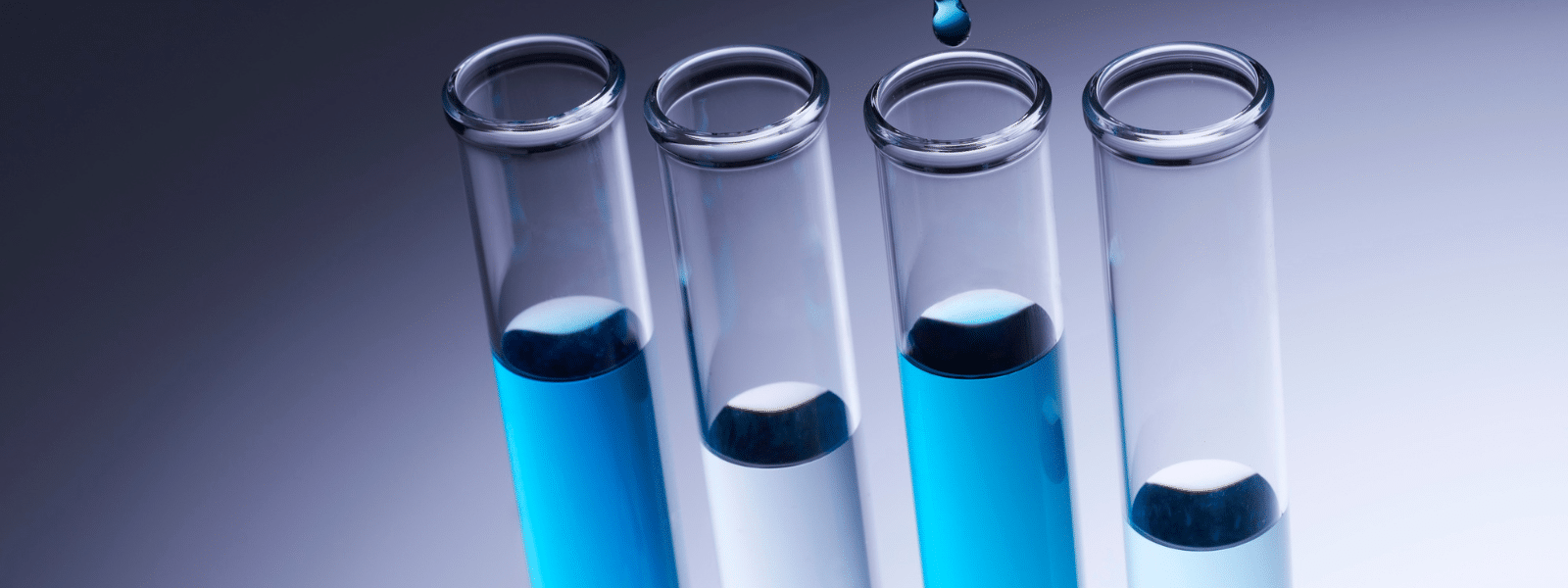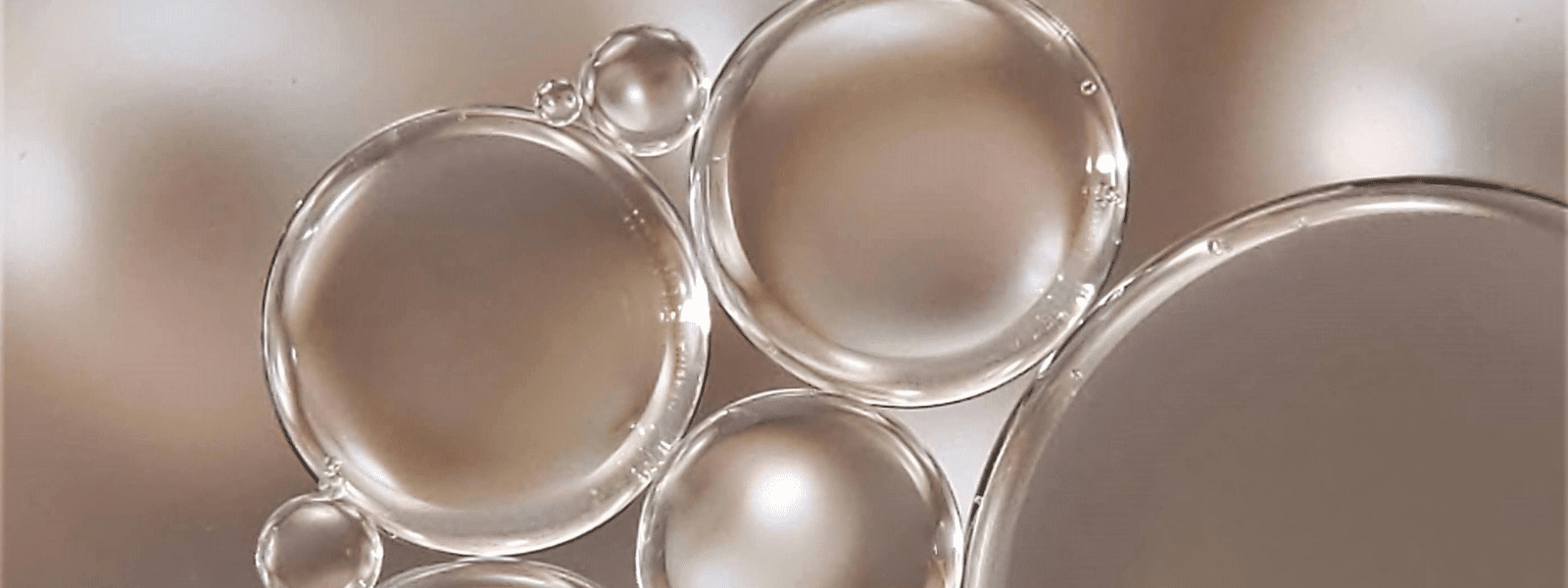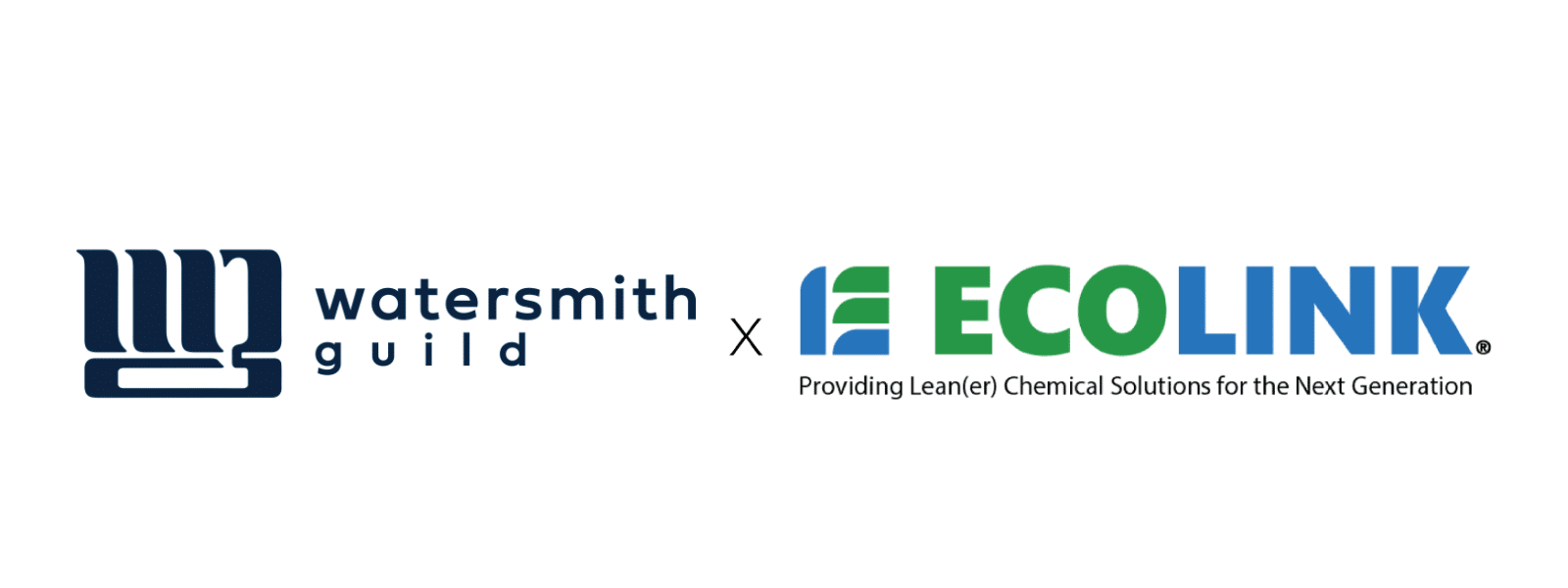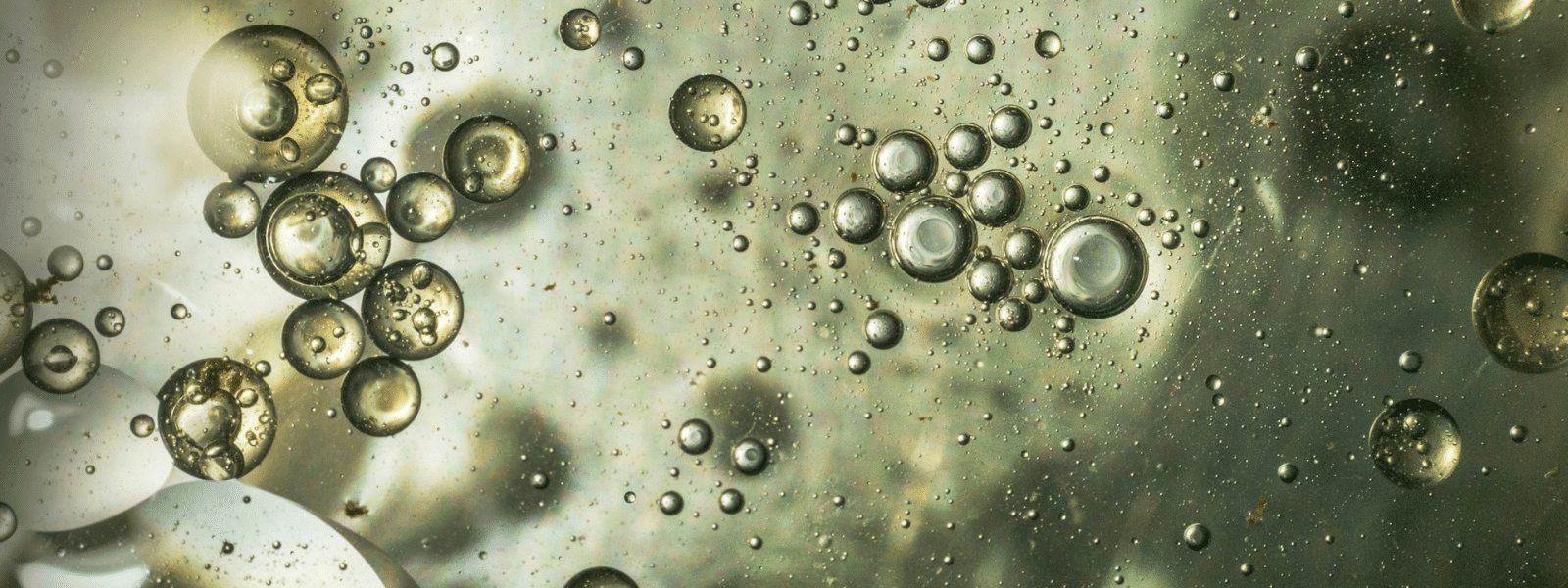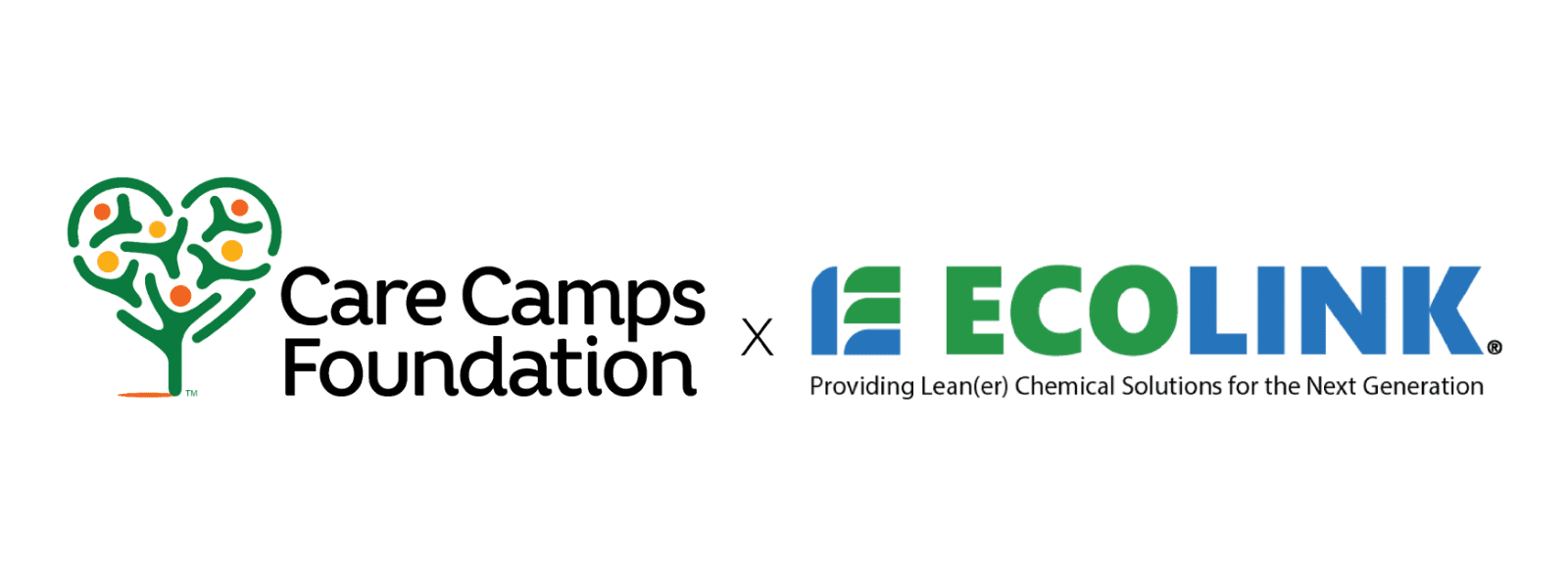Are you curious about how the branch of chemistry known as green chemistry originated? This blog post will provide insight into the history of green chemistry, allowing you to learn about its inception and follow its progression to the present day.
Green Chemistry: The 1960s-1980s
The initiation of green chemistry can be tracked all the way back to the 1960s when Rachel Carson wrote Silent Spring, a book that discussed the impact of chemicals on the ecosystem. This book was an inspiration to both scientists and the public and served as a forewarning about chemistry’s potential to harm the planet.
In 1970, the U.S. Environmental Protection Agency (EPA)- a federal regulatory agency dedicated to protecting the health of both humans and the environment- was established by President Richard Nixon. The EPA’s first major mandate banned the use of DDT and other chemical pesticides deemed hazardous.
In the 1980s, members of the EPA and the chemical industry began to focus less on chemical clean-up and more on preventing chemical pollution from occurring in the first place. This led to the creation of the Office of Pollution Prevention and Toxics in 1988.
Green Chemistry: The 1990s
The 1990s was a significant decade for green chemistry. A few of the important events that occurred during these years were:
- 1990: The Pollution Prevention Act, which stated that national policies in the United States should focus on preventing pollution rather than mitigating existing pollution, was passed.
- 1995: President Bill Clinton aided the EPA in creating an annual awards ceremony, the Presidential Green Chemistry Challenge Awards, which honored scientific advances that bolstered the green chemistry movement.
- 1997: The nonprofit Green Chemistry Institute (GCI) was co-founded by Dr. Joe Breen and Dr. Dennis Hjeresen.
- 1998: Green Chemistry: Theory and Practice, which outlined the now well-known 12 Principles of Green Chemistry, was published.
Green Chemistry: Today
Today, many successful companies whose products are based on the application of green chemistry and engineering have been established. Consumers can now find numerous eco-friendly chemicals, materials, and other industrial products on the market. Essentially every type of business now has a means to significantly reduce its carbon footprint.
However, the green chemistry movement is still in its beginnings. One way that companies can help to support green chemistry is by purchasing their materials, whatever they may be, from manufacturers that emphasize environmental protection in their products and practices.
About Ecolink & Green Initiatives
Ecolink is a trusted supplier of industrial-grade chemicals. We offer a wide range of products that are not only efficacious but also environmentally friendly. If your company has been looking to adopt greener practices or implement some of green chemistry’s principles, we would love to help you. Contact us today by calling 800-563-1305 or filling out our contact form!





